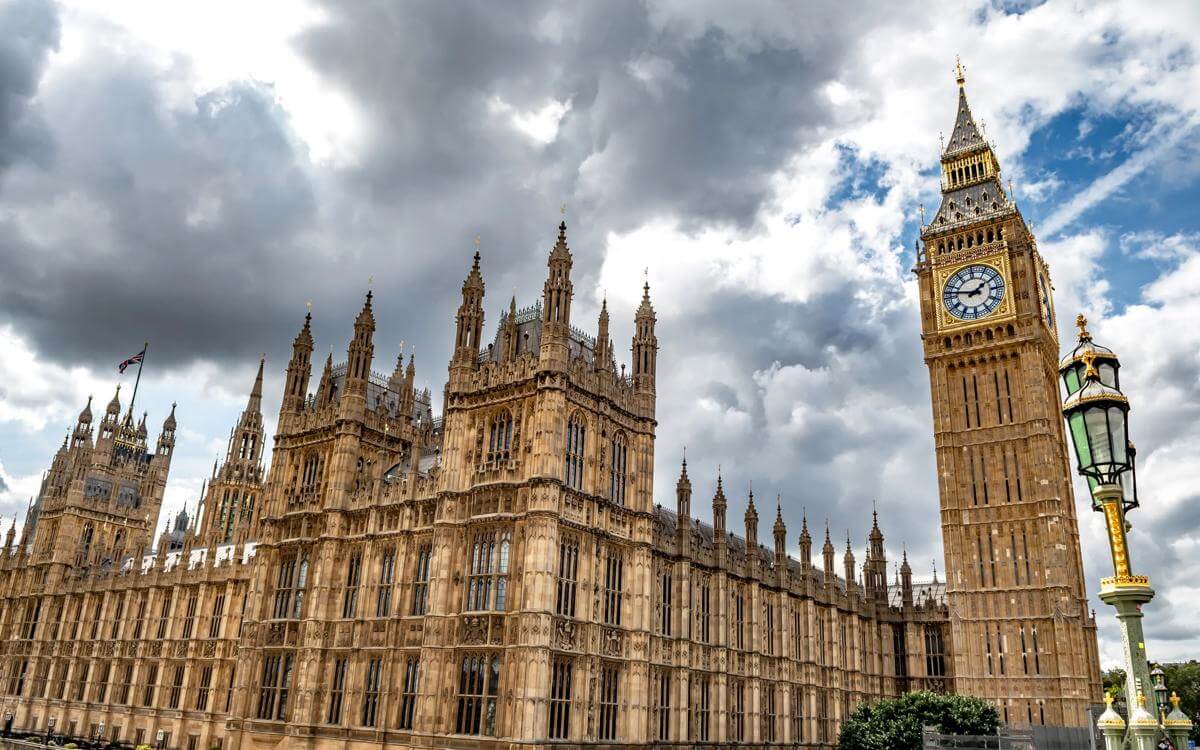In the recent case of Cronos Group Inc. v Assicurazioni Generali S.p.A, the Canadian Court of Appeal, for Ontario, was challenged with interpreting a ‘follow form’ clause in an excess layer policy. In this case, the primary policy provided an optional extension period (“OEP”) that was neither expressly provided for nor excluded from the excess policy. The Court had to determine whether the extension applied to the excess policy.
Facts of the case
Cronos Group Inc. obtained a primary policy with an optional extension period. Cronos also obtained an excess layer policy. Cronos exercised the OEP and extended the primary policy period by 13 months.
The OEP extended cover for claims made against Cronos beyond the 30-day expiry of the primary policy for acts or omissions occurring within the original policy period.
The excess policy contained terms, conditions, limitations, and exceptions consistent with the primary policy. However, the OEP was not an excluded from the excess policy. The excess policy contained the following conditions:
‘Condition 2: This Policy is subject to the same terms, conditions, limitations, and exceptions (except as regards the premium, the amount and limits of liability, any deductible or self-insurance provision, the obligation to investigate and defend, and the renewal agreement (if any)) as are contained in the Primary Policy. The Primary and Underlying Policy will be maintained in full effect during the currency of this Policy…
Condition 8: No amendment to the Primary or Underlying Policy during the Period of Insurance, in respect of which the primary or underlying insurers require an additional premium or a deductible, shall be effective in extending the scope of cover of this Policy unless and until agreed in writing by the Company.’
Following their extension agreement, two class actions were brought against Cronos. The excess policy insurer rejected cover. Cronos challenged that decision through the courts.
The first instance judge held that the OEP applied to the excess layer policy because:
- the exclusion of ‘premium’ in Condition 2 did not explicitly exclude the OEP option;
- the OEP option did not result in a ‘policy renewal’ that would trigger the carve out in Condition 2; and
- the amendment to extend the primary policy did not offend Condition 8, which required the insured’s consent to certain amendments; as it did not change the scope of the coverage provided.
The excess policy insurer appealed the judge’s findings.
Judgment on appeal
Affirming the first instance decision, the Court of Appeal agreed that Condition 2 did not explicitly carve out the OEP and that the extension did not represent a policy renewal. As such the appeal was dismissed and the excess policy was engaged.
Considerations
Generally, exclusions are drafted broadly, for obvious reasons. However, this case indicates that specificity is essential to limiting liability. Moreover, if the language in an excess policy is not clear, it will typically follow the form of the primary policy.
The court’s general approach to contract interpretation is narrow when considering exclusions. Therefore, underwriters should always seek unambiguous and precise drafting when meeting intended coverage.
Contents
- The Word, April 2023
- Australian courts issue a ‘common sense’ judgment on a rainfall exclusion
- Subrogation and ‘co-insureds’
- Canadian court rules on whether COVID-19 amounts to physical damage
- FCA launches Consultation Paper on Multi-Occupancy Buildings
- E-scooters – what are they?
- Defining a home - what’s within a dwelling?
- Artificial Intelligence – the science of art
Key contact

Tim Johnson
Partner
tim.johnson@brownejacobson.com
+44 (0)115 976 6557








































